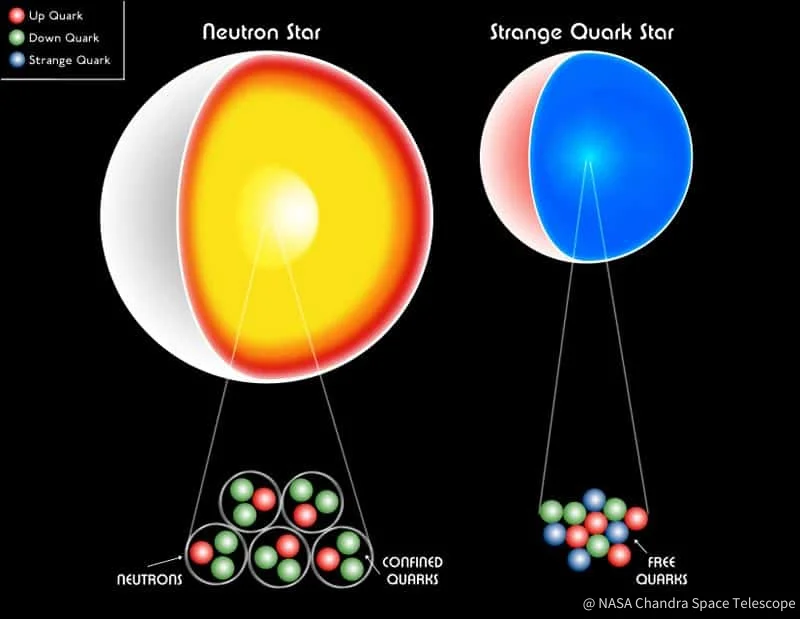Research projects
Effective theories of strong nuclear interactions under extreme conditions

Using effective field theories to understand matter in compact stellar objects

Despite theoretical progress in describing the strong interaction, quantitative solutions are not yet available for many situations of interest, such as real-time phenomena at finite temperature and density. Effective field theories can come to explain these kinds of processes and systems that arise in astronomy.
The description of either the experiments performed in large accelerator facilities or of the matter inside compact stellar objects requires a solid knowledge of the strong interaction dynamics. This interaction is the one responsible for binding neutrons and protons to create atomic nuclei, as well as for confining quarks into protons, neutrons and other particles. Having a better understanding of the strong interaction is unavoidable to discern the differences between the predictions of the Standard Model of forces and particles and experimental data, therefore being able to detect new physics.
Quantum chromodynamics (QCD) is the theory trying to describe the strong interaction. In particular, remarkable and steady progress has been made in what experts call lattice QCD. Nonetheless, it is still not possible to have quantitative solutions in many situations of interest, such as real-time phenomena at finite temperature and density, or when disparate scales enter the problem. In the latter case, however, it is possible to obtain model independent results, due to the existence of hierarchies of widely separated scales, which one can take advantage of by using effective field theories.
In this context, the motivation of the IEEC group of researchers is to push forward the use of effective field theories of QCD in strong interaction processes. This allows us to describe in the same language different physical processes and systems, such as systems at finite temperature, systems at finite baryon number, which may occur in the core of neutron stars, and systems made up of two heavy quarks.
Acknowledgements: This work was (partially) supported by the Spanish MICIN/AEI/10.13039/501100011033 and by “ERDF A way of making Europe” by the European Union through grants PID2022-139427NB-I00 (MCIN/AEI/10.13039/501100011033/ FEDER, EU), PID2019-110165GB-I00 (AEI / 10.13039/501100011033 / MINECO/FEDER, EU).
TEAM
With the support of


